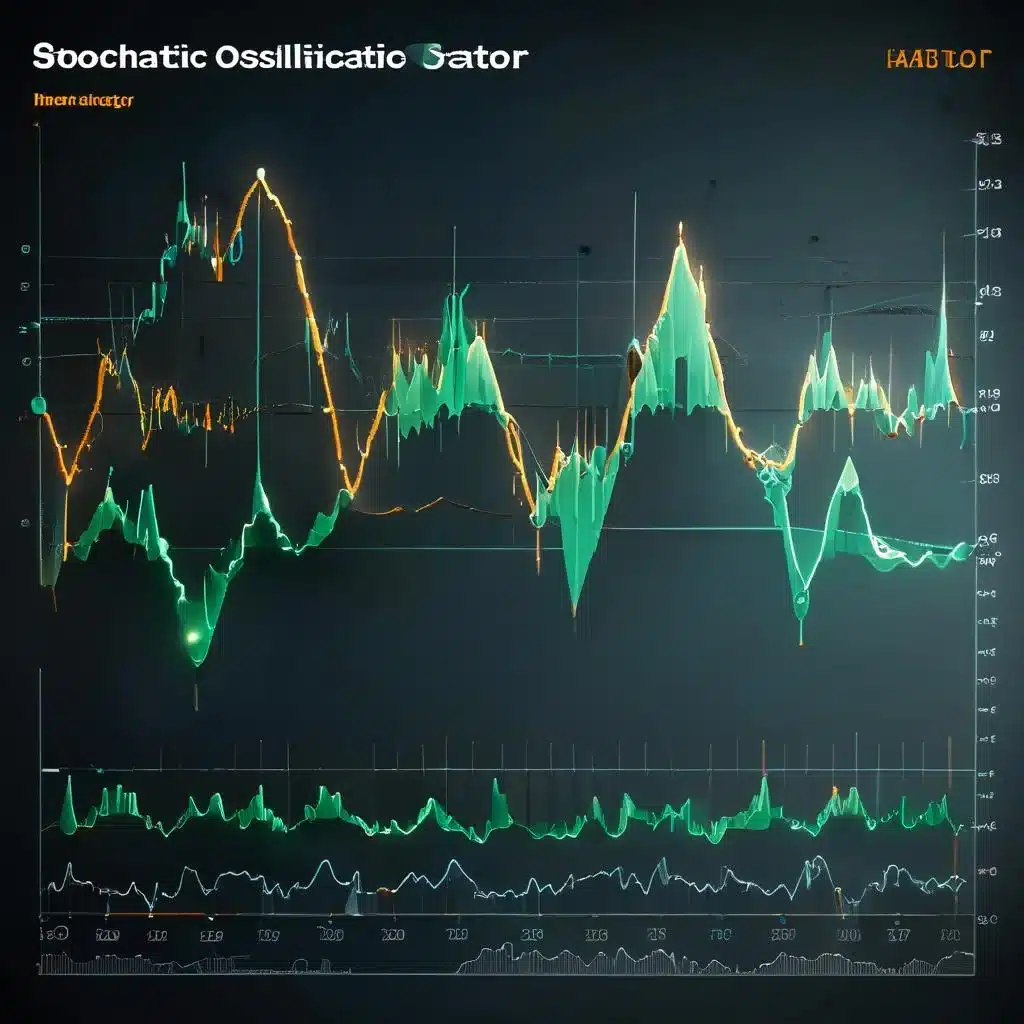Table of Contents
In the realm of cryptocurrency, Ethereum stands out as a dynamic asset class, drawing the attention of traders eager to navigate its volatile market. As an essential component of trading methodologies, technical analysis provides a structured approach for predicting future price movements. Oscillators, a subset of technical analysis, prove indispensable in recognizing potential trends and reversals within these markets. Among these resources, the Stochastic Oscillator, functioning as a momentum indicator, plays a pivotal role in evaluating the pace and vigor of Ethereum’s price fluctuations. Its application empowers traders with valuable insights, facilitating well-informed decision-making in the complex landscape of cryptocurrency trading. Additionally, if you want to know more about investments and firms, you may visit education firms.
Understanding Stochastic Oscillator
Definition and Components
The Stochastic Oscillator comprises %K and %D lines, gauging the current price in relation to the price range over a specified period. Understanding these components is fundamental to interpreting the indicator’s signals.
- %K and %D Lines – %K represents the current closing price in relation to the highest and lowest prices over a set period, while %D is a smoothed average of %K.
- Overbought and Oversold Conditions – Identifying overbought and oversold conditions helps traders anticipate potential reversals in Ethereum’s price trends.
Historical Development and Purpose
Understanding the historical context and purpose of the Stochastic Oscillator enhances its application. Developed by George C. Lane, the oscillator aimed to provide a more nuanced view of price movements.
Interpreting Stochastic Signals
Interpretation of Stochastic signals involves recognizing patterns, such as bullish and bearish divergences, crosses, and signal confirmations.
Stochastic Oscillator in Ethereum Trading
Volatility and Ethereum’s Price Action
The Stochastic Oscillator’s effectiveness is accentuated in volatile markets, such as Ethereum, where price action can be rapid and unpredictable.
Identifying Trends and Reversals
Recognizing trends and potential reversals is a primary application of the Stochastic Oscillator.
- Bullish and Bearish Divergences – Bullish divergences indicate potential upward movement, while bearish divergences signal potential downward trends.
- Crosses and Signal Confirmations – Crosses between %K and %D lines, along with signal confirmations, provide actionable insights for traders.
Practical Application of Stochastic Oscillator
Setting Parameters for Ethereum Trading
Customizing %K and %D periods, along with selecting appropriate timeframes, enhances the accuracy of Stochastic Oscillator signals.
Customizing %K and %D Periods
Adapting the oscillator to different market conditions involves adjusting the %K and %D periods.
Selecting Timeframes for Analysis
Choosing the right timeframe aligns Stochastic signals with the trader’s goals and preferences.
Combining Stochastic with Other Indicators
Enhancing Stochastic signals by integrating them with other indicators, such as moving averages and the Relative Strength Index (RSI), adds depth to the analysis.
Moving Averages
Combining Stochastic with moving averages provides a comprehensive view of Ethereum’s price trends.
Relative Strength Index (RSI)
Overlaying Stochastic analysis with RSI can reinforce trading decisions by corroborating signals.
Challenges and Limitations
False Signals and Whipsaws
Stochastic Oscillator, like any technical analysis tool, is not foolproof. Traders need to be aware of false signals and whipsaws that can lead to misjudgments.
Adapting to Changing Market Conditions
Adapting Stochastic strategies to evolving market conditions is essential for sustained success in Ethereum trading.
Staying Informed about Fundamental Developments
Complementing technical analysis with an awareness of fundamental developments in the cryptocurrency space is crucial for well-rounded decision-making.
Advanced Strategies and Tactics
Incorporating Trendlines and Support/Resistance Levels
Advanced traders often use trendlines and support/resistance levels in conjunction with Stochastic Oscillator signals for more refined entries and exits.
Utilizing Stochastic Oscillator in Conjunction with Fibonacci Retracements
Integrating Fibonacci retracements with Stochastic analysis can unveil potential price reversal zones and enhance the precision of trading decisions.
Scalping and Day Trading Techniques
For traders with shorter time horizons, implementing Stochastic Oscillator in scalping and day trading strategies can offer opportunities in rapid market movements.
Risks and Risk Management
Understanding the Inherent Risks in Cryptocurrency Trading
Cryptocurrency trading carries inherent risks, and acknowledging these risks is crucial for responsible trading.
Position Sizing and Stop-Loss Strategies
Implementing effective position sizing and stop-loss strategies mitigates potential losses and protects capital.
Psychological Aspects of Trading with Stochastic Oscillator
Acknowledging the psychological impact of trading with the Stochastic Oscillator is vital for maintaining discipline and emotional balance.
Conclusion
In conclusion, a recapitulation of the Stochastic Oscillator’s impact on Ethereum trading highlights the significance of this momentum indicator in navigating the dynamic cryptocurrency market. Emphasizing the continuous learning process in technical analysis, traders are encouraged to perceive Stochastic analysis as an integral part of an ongoing educational journey, fostering continuous improvement in trading strategies. Additionally, the conclusion underscores the pivotal role of experimentation and adaptation in developing effective Stochastic Oscillator-based trading strategies, emphasizing the need for traders to stay agile and responsive to the ever-evolving nature of the market for sustained success.


